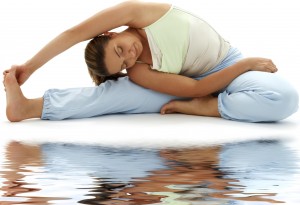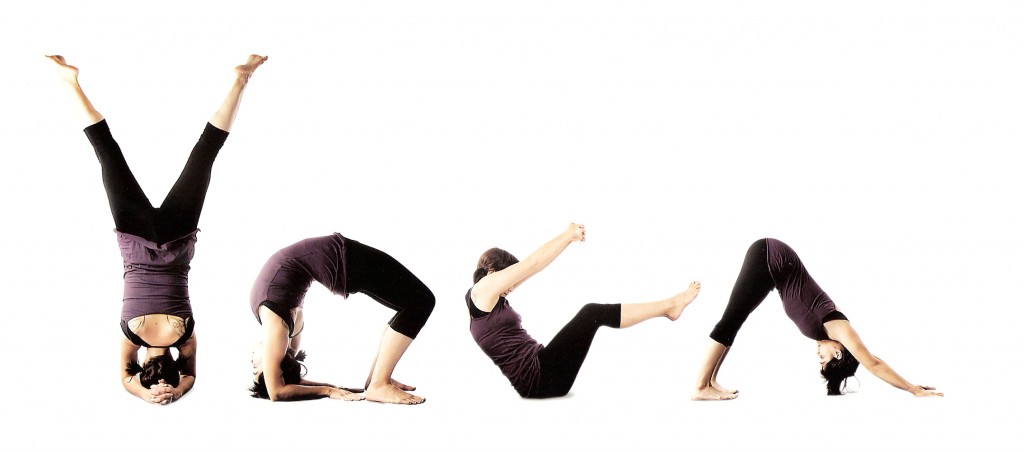
Consider yoga as a gym to gain flexibility and balance by linking the postures, it’s totally misunderstand. Since this is a true path of spiritual development. Non-violence, meditation, perseverance, relaxation training … A philosophy of self-knowledge and of living together that can transform our lives.
“What are you doing, you like yoga? Ashtanga? I am hatha. And you? I practice Iyengar, Bikram and from time to time … “Banal conversation between young Parisian twenty-first century. Everyone tries “his” yoga, “his” practice, including the frequency, intensity and sequence of postures would be most appropriate to his personality, his or her physical endurance …
But deep down, like to repeat as gurus, “there is only one yoga,” one purpose of the various techniques: freedom from suffering. And for that, to feel at peace, in harmony with oneself, one’s body, mind, others, nature, the world, the finite, the infinite … Etymologically, yoga means “union, integration” in Sanskrit.

The body and mind
Why, then, is to want to wade legs behind the neck or to the board taking a hand if the process is spiritual background? “Because we have a body! And, whether we like it or not, whether we like it or not, we have no choice but to do with it all our lives, “says Charles Bensusen, yoga teacher. Practice asana (postures) and pranayama (breathing exercises) allows the body to an ally on the path of liberation, by strengthening, by flexing, getting to know the real potential and limitations …
They are often all that the public knows of yoga asana and pranayama are only two of the eight pillars defined in the Yoga Sutras of Patanjali, founder of Yoga text. The others are yama (the five principles that illuminate compared to others), niyama (five principles laid out in the report itself), pratyahara (control of senses), dharana (concentration), dhyana (meditation) and samadhi (the final state unit). Summarize the only yoga postures practice is therefore to distort this philosophy to make at most a beautifully exotic gymnastics …
However, wanting to capture the principles of yama and niyama as many rules of conduct that comply would not be more just. “It is even quite against the spirit of yoga, which is based on letting go,” says Charles Bensusen for that “these principles should not be regarded as religious rules, but as the intrinsic nature of a person practicing yoga. ”
The true spirit of yoga
In other words, it is in regular, diligent, thorough that we experience with our senses, the foundation of these principles. Thus, and to use a formula that could be an aphorism yogis practice is not all yoga, but practice is everything. “But this practice, says Charles Bensusen may not be asana: a meditation, a walk … the key is whether a practice done regularly and with concentration, in which, little by little, we will express these principles. ”
That is to live according to the spirit of yoga.